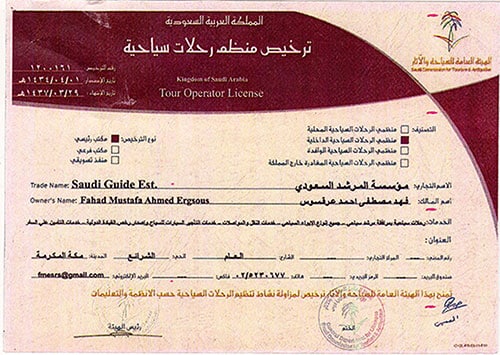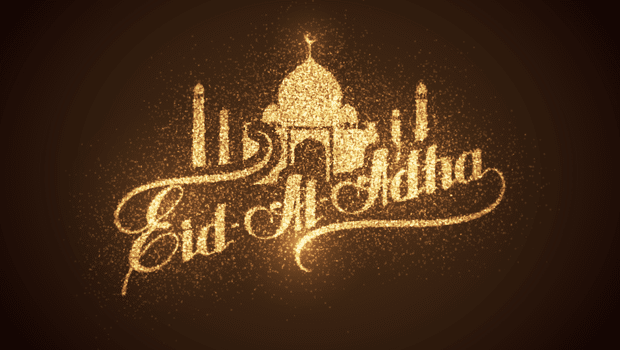The significance hajj in Mecca is considered to be one of the essential and top-most…
The significance of celebrating Eid al-Adha
Eid al-Adha, also known as ‘Sacrifice Feast’ is one of the most popular festivals of Muslims celebrated on the 10th day of Zul Hajj (as per the Islamic calendar). The 10th is declared as the official holiday for the Muslims throughout the world. The festival is the memorial of Ibrahim’s sacrifice of his son Ismail as per Allah’s order.
According to the Islamic beliefs, Allah appeared in the dreams of Ibrahim and ordered him to sacrifice his son in the name of Allah. At the same time, the devil continuously persuaded Ibrahim to disobey Allah’s order and safeguard his son from slaughtering. However, irrespective of devils temptation, Ibrahim was all about to slaughter his son. In the same moment, Allah placed lamb in the place of Ismail and the same was slaughtered. After this incident, Eid al-Adha became the second most important festivals of Islam.
Eid al-Adha is celebrated after the successful accomplishment of Hajj pilgrimage by Muslims. In this day, the men and women get dressed in amazing attires and practice the Eid prayers in mosques. After these rituals, Muslims participates in ‘Zabiha’ (sacrificing of an animal in the name of Lord) and slaughter the sheep, goat, and other such ‘halal’ animals. Generally, the animals that are used for ‘Zabiha’ must fulfill the entire requirements mentioned in the holy Quran, otherwise, it would be considered as ‘unacceptable Qurbani’. Although the sacrifice is mandatory for every Muslim, some records also state that it is an essentiality only for those who can afford it.
The meat is divided into three parts i.e., one-third part of the same is retained within the family; the one-third is distributed to the relatives, neighbours, friends, and colleagues; and the rest is contributed to the poor people. Eid al-Adha begins after the day of Arafa on the 10th day of Dhul Hijjah.



















